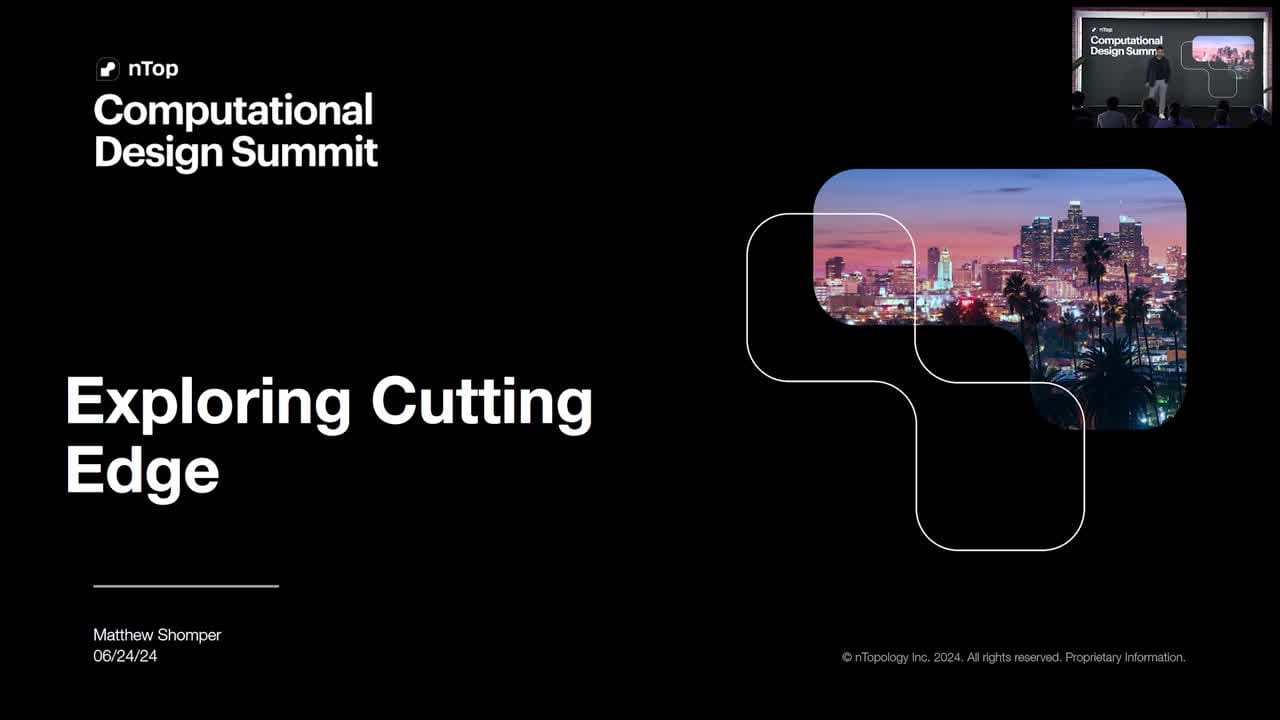Software that keeps pace with engineers

Written by Bradley Rothenberg | CEO and Founder at nTop
Published on July 12, 2019
We created nTop because advanced manufacturing requires faster and more flexible engineering tools. Our new modeling technology enables a step-change improvement in speed & complexity while an open platform gives you control over both your data and integrations into your specific processes.
Last week, I was thrilled to publicly introduce nTop Platform during our latest webinar. Today, it’s great to announce additional progress on our mission to enable engineers to ship the highest performing parts in the least amount of time: An additional $20M in funding to help us scale our technology even faster. The round was led by Canaan, with participation from our existing investors. We’re also welcoming two new members to our board: Hrach Simonian (General Partner at Canaan and a former Northrop engineer) and Carl Bass (former CEO of Autodesk).
Today, nearly all engineering teams are working to answer questions like:
- How can we innovate faster?
- Where can we leverage Advanced Manufacturing technology to optimize our mission-critical parts?
- How can we automate low-value engineering work and empower our engineers to focus on the highest value, interesting work?
- How can we go faster and digitize our workflows in the presence of an enterprise engineering software stack that is fragmented?
- Do the software vendors "own" my data if their platforms are closed?
The problem
For delivering higher performance products over shorter timelines, engineers need software that lets them go faster. Today, iterating through design changes or modeling complex parts can take days or weeks instead of happening in real time. With the rise of additive manufacturing, the time to make even the most complex parts goes from months to days.
The speed and complexity that additive manufacturing enables have highlighted a major capability gap in the enterprise engineering software stack: extensive trade studies, rapid iteration and parts with complex geometry, all necessary to innovate fast, are bottlenecked by software. The software capabilities gap that advanced manufacturing uncovered goes well beyond this use case. Companies need the capability to solve engineering problems in real time to maintain a competitive edge across all industries.
Our solution
We created nTop platform because advanced manufacturing requires faster and more flexible engineering tools. Our new modeling technology enables a step-change improvement in speed & complexity while an open platform gives you control over both your data and integrations into your specific processes.
Our new modeling technology: nTop platform uses equations to represent a 3D solid directly; each equation represents the distance to a shape from any point in space. To render, the model is raytraced so that no matter how complex your model is, you can still visualize it while editing in real time.
Advantages of our approach include step-change improvements in the reliability of a geometric model, speed, file size, & unlimited model complexity. Our models never fail or stall, no matter how many blends, rounds, fillets, booleans, offsets, etc. that they may have.
An open platform: Engineering software has been dominated by software vendors whose objective has been to manage their customers with closed platforms that hamper interoperability. We leverage the fact that our modeling technology allows us to connect datasets from multiple sources reliably and fast (CAD models, simulation, or process knowledge) in order to connect with our partners & the rest of the engineering ecosystem.
By connecting to existing engineering software, our software can seamlessly fit into the legacy engineering toolchain—opening new opportunities for data reuse and faster innovation. This allows users the benefits of nTop Platform while integrated with their existing systems and solutions.
Lastly, an open platform supports collaboration. This is not collaboration in the sense of multiple engineers editing the same model at the same time (although it could), but rather, multiple engineers converging on designs together by working in parallel on different parts of the workflow. Documents created in nTop Platform are no longer static stores of data but are living programs — we call them nTop documents. These documents can be packaged, shared, and re-used allowing engineers to work in parallel.
A creator can produce some IP around a specific process, package, and ship it to runtime users across the project stakeholders. Each instance of nTop Platform is its own custom engineering environment built around the specific and custom processes developed on it. This provides a unique competitive advantage to each deployment.
What’s next?
This is an exciting moment for engineering software. The industry is at a similar place to operating systems 15 or 20 years ago when we were on the brink of android/iOS. With the transition from desktop to mobile, innovation was no longer limited by the platform. The shift to mobile created massive new industries. Manufacturing is at a similar turning point. For nTop, our core users are engineers — builders by nature. We are at our best when the platform enables quick iteration, easy collaboration, and complex design — software that can keep pace with the engineers using it.
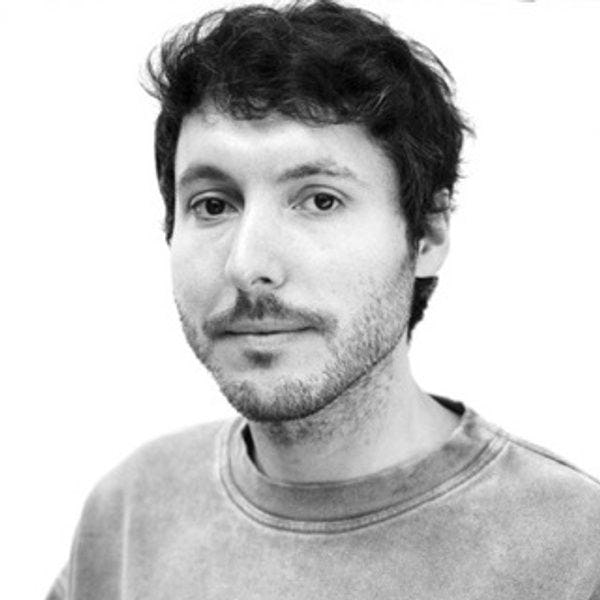
Bradley Rothenberg
CEO and Founder at nTop
Bradley Rothenberg is the CEO and founder of nTop, an engineering design software company based in New York City. Since its founding in 2015, nTop has served the aerospace, automotive, medical, and consumer products industries with advanced engineering software that enables users to design, test, and iterate faster on highly complex parts for production with additive manufacturing. Bradley has been developing computational design tools for additive manufacturing for more than 15 years. He actively works to advance the industry, often speaking at industry events around the world including Develop3DLive, Talk3D and formnext. He is often quoted in trade publications, interviewed on industry podcasts, and has been included in Forbes Magazine. He studied architecture at Pratt Institute in Brooklyn, New York.
Related content
- VIDEO
nTop Siemens Energy at CDFAM NYC 2024
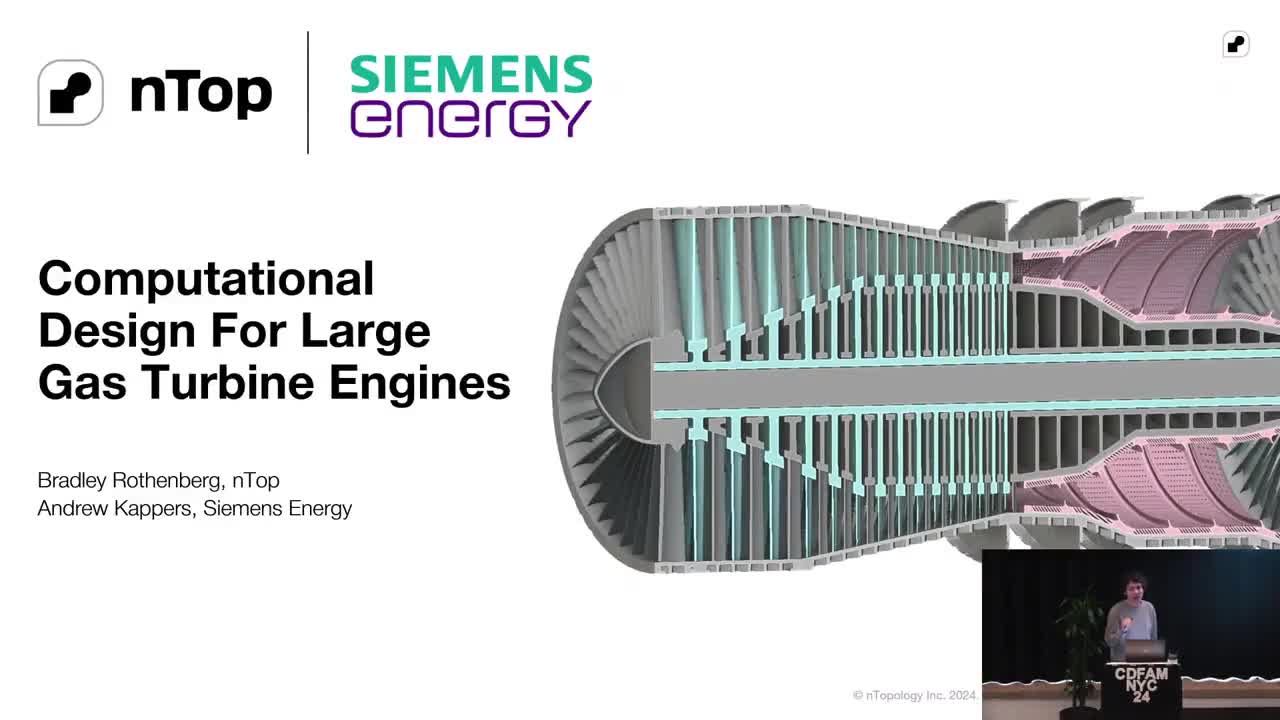
- VIDEO
Thermal Applications - The Hot Topics
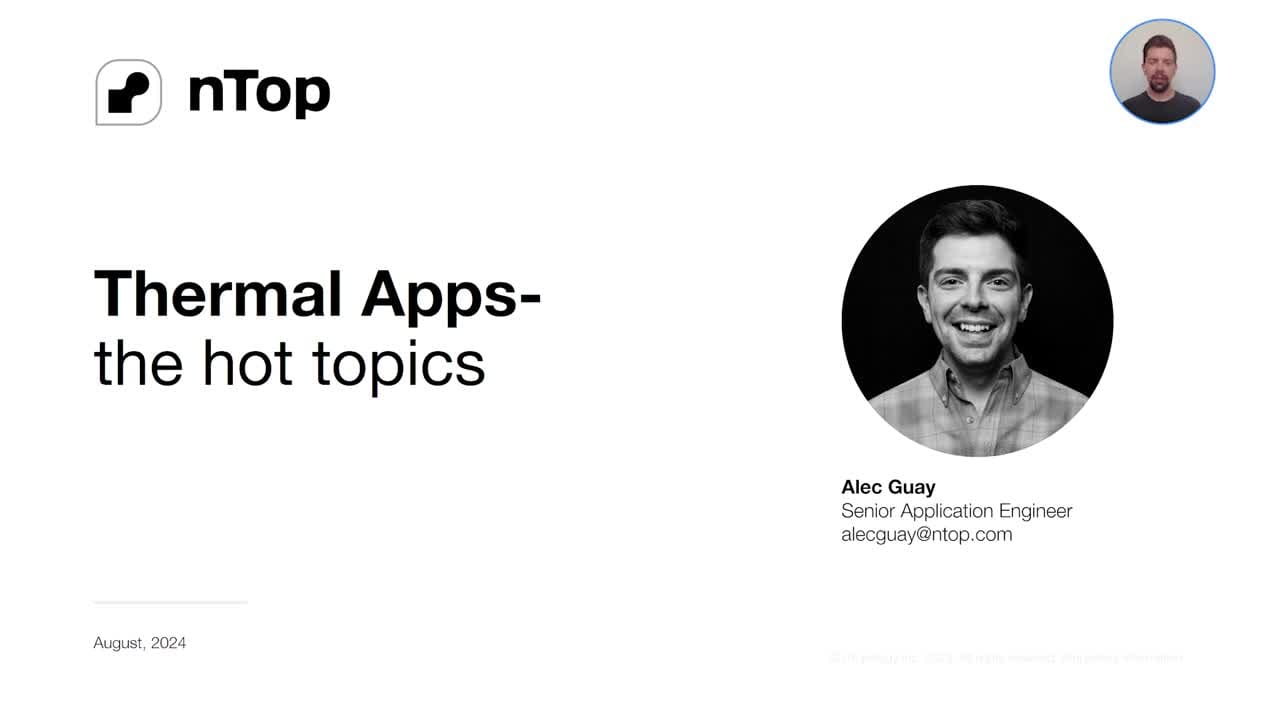
- VIDEO
Design better implants for osseointegration with the Lattice Pore Size Block

- VIDEO
nTop CDS 2024: How leading companies are embracing computational design
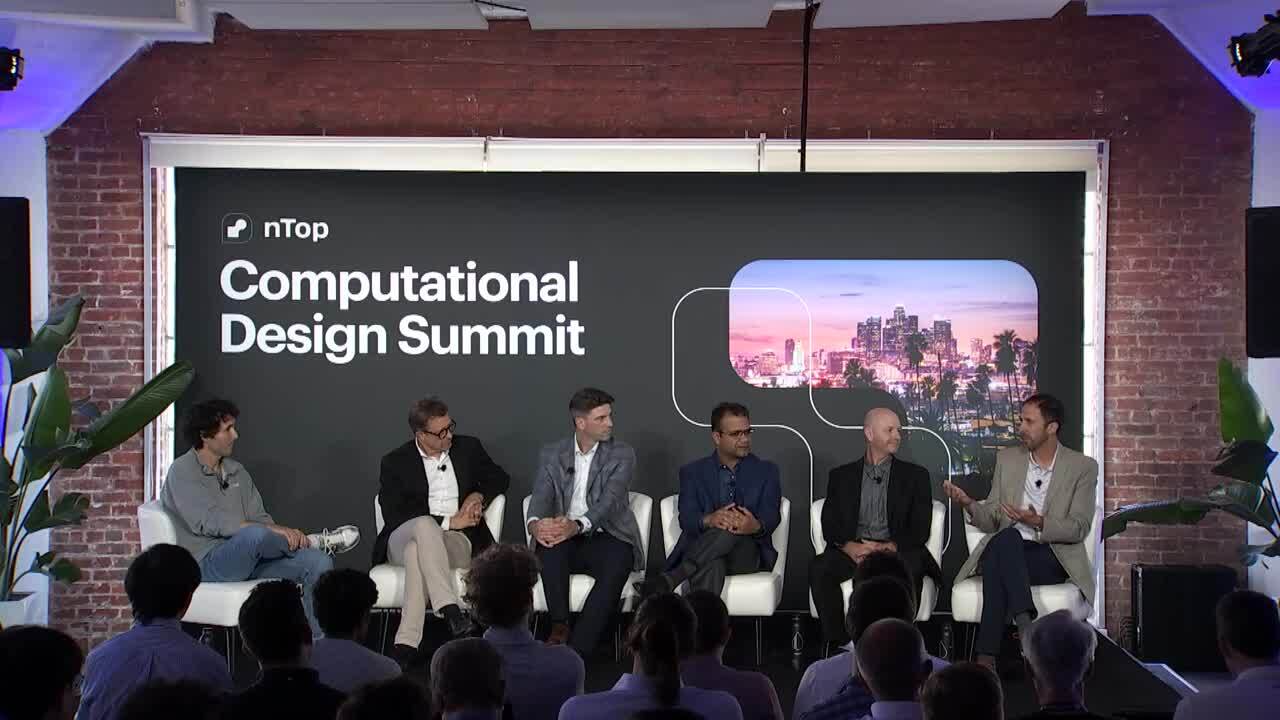
- VIDEO
nTop CDS 2024: Exploring the cutting edge of computational design with Matthew Shomper
